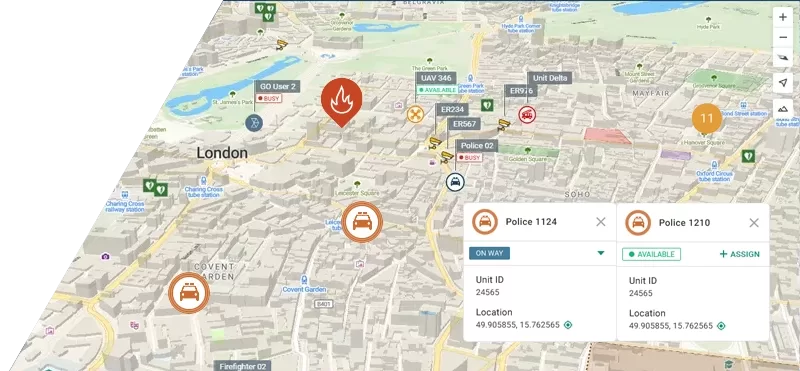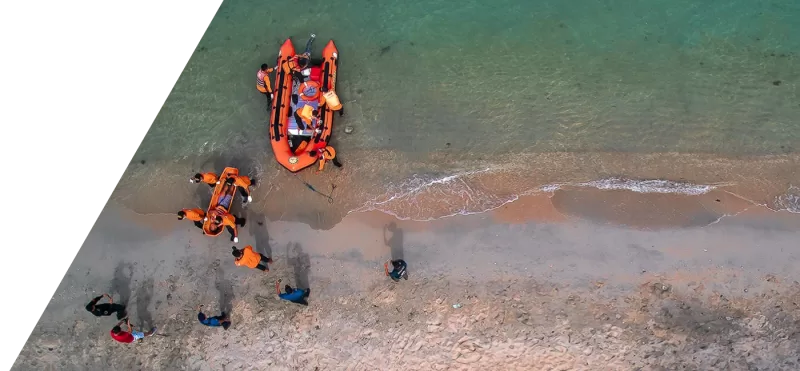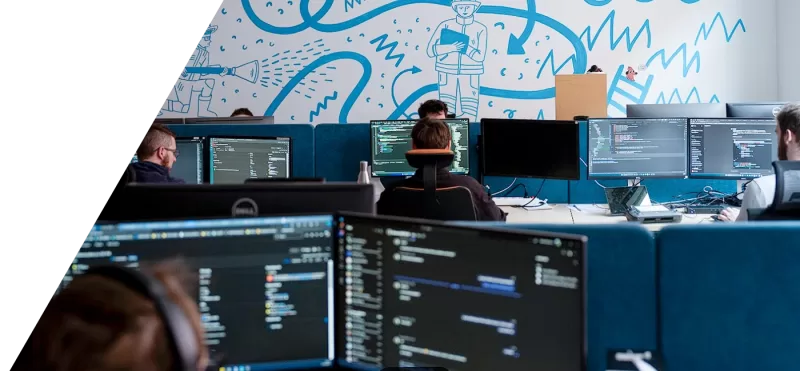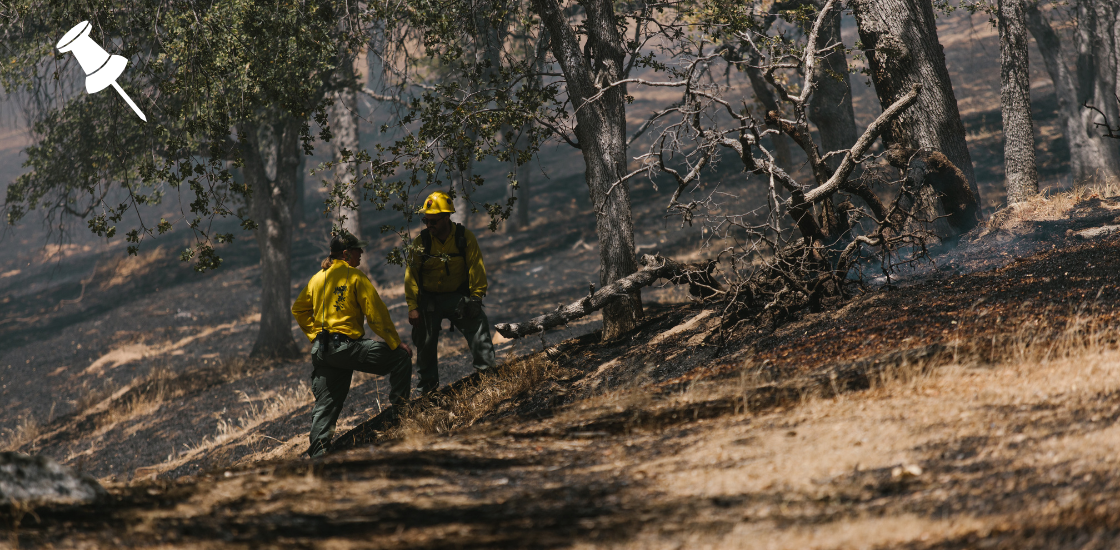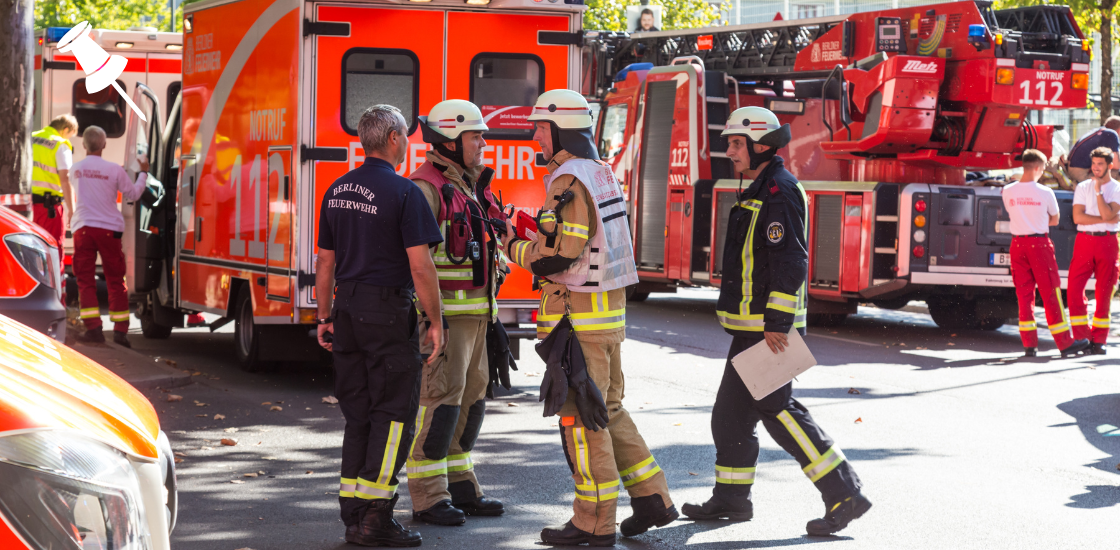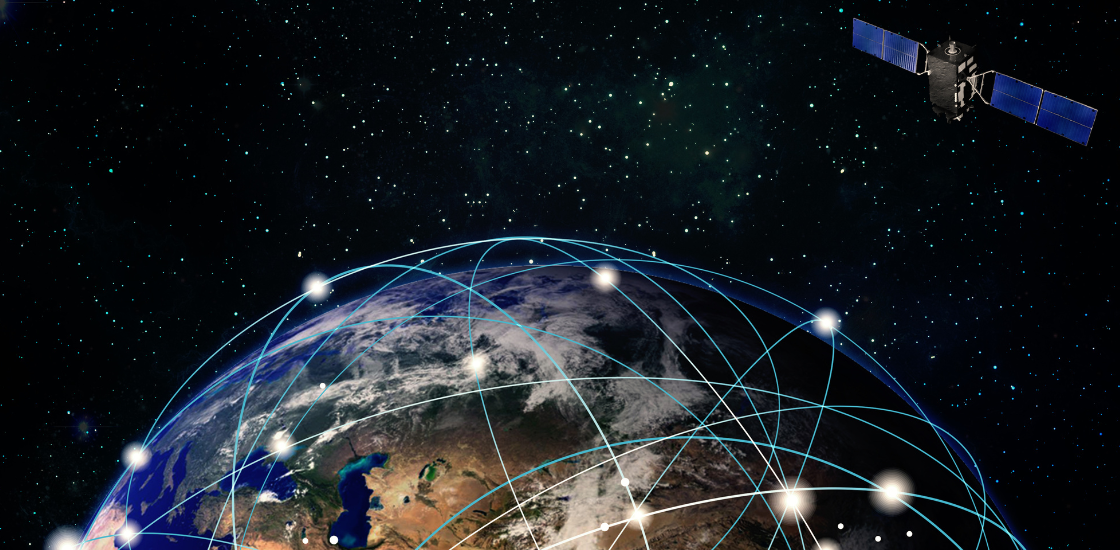Table of Contents
- Why Dispatch Training Matters
- Core Elements of Effective Dispatch Training
- Smart CAD: Elevating Dispatcher Capabilities
- Dispatch Training for Public Safety vs. Private Security
- Remote and Hybrid Training Models
- Building a Culture of Continuous Learning
- Measuring the Impact of Training
- Final Thoughts
Why Dispatch Training Matters
Dispatchers are the nerve center of emergency operations. Whether responding to a wildfire, a factory fire, a missing person, or a physical security breach at a critical infrastructure site, dispatchers orchestrate the response with limited information and time. Their decisions must be both immediate and accurate.
Training ensures that these professionals are not only familiar with standard procedures, but also capable of adapting under stress, navigating uncertainty, and communicating across teams. Well-trained dispatchers:
- Reduce response times
- Coordinate more effectively with field units
- Prevent errors caused by miscommunication
- Enhance safety for responders and civilians
In critical moments, preparation is the difference between reaction and resolution.
Core Elements of Effective Dispatch Training
1. Scenario-Based Simulation
The most impactful training incorporates realistic scenarios. Simulations mimic real-world emergencies—floods, riots, armed intrusions, multi-car accidents—and require dispatchers to apply knowledge in real time. These simulations test decision-making, team communication, and emotional regulation.
2. Standard Operating Procedures (SOPs)
Dispatchers must master their agency’s SOPs. That means not only memorizing protocol, but understanding when and how to adapt in situations that don’t fit the manual. Good training helps them walk the line between structure and flexibility.
3. Interpersonal Communication
Clear, confident, and calm communication is at the core of dispatch work. Dispatch training focuses heavily on voice control, active listening, and clarity—ensuring that dispatchers can quickly extract key information from distressed callers and direct responders without ambiguity.
4. Technology Fluency
Modern dispatch centers rely on an array of software tools—from Computer-Aided Dispatch (CAD) systems to GPS-based tracking and Push-to-Talk (PTT) communication apps. Dispatchers must be proficient users, not just passive operators. This is where training must go beyond button-pushing and into strategic system use.
Smart CAD: Elevating Dispatcher Capabilities
An essential component of modern dispatch training is learning to work with Smart CAD—an advanced Computer-Aided Dispatch system developed by GINA Software.
Smart CAD is not just a digital logbook; it’s an operational hub. It empowers dispatchers with:
- Real-time visibility of all field units on a dynamic map
- Instant communication through integrated PTT
- Multimedia sharing (photos, video, documents)
- Geospatial tools for incident mapping, routing, and hazard zoning
- Automation for repetitive or high-risk tasks
During training, dispatchers learn to leverage Smart CAD to reduce mental load, accelerate decisions, and support coordination across jurisdictions. It becomes more than a tool—it becomes an extension of the dispatcher’s skillset.
Training programs that include Smart CAD also give teams a competitive edge: they get more familiar with incident timelines, can anticipate unit needs, and improve after-action review through access to historical dispatch data and logs.
Dispatch Training for Public Safety vs. Private Security
The principles of dispatching remain consistent, but the contexts differ. That’s why tailored training is necessary depending on whether the dispatcher operates in public safety (e.g., fire, police, EMS) or private security (e.g., corporate campuses, remote sites, oil refineries).
Public Safety Focus:
- Emergency medical call handling (EMD protocols)
- Incident prioritization
- Coordination with public agencies and hospitals
- Managing multi-agency responses (fire-police-EMS)
Private Security Focus:
- Intrusion detection and alarm verification
- Asset tracking
- Managing mobile security patrols
- Integration with video surveillance systems and geofencing
Smart CAD adapts to both sectors. For example, in a private refinery security scenario, Smart CAD can be configured to display sensor-triggered alerts, drone video feeds, and unit movement history—giving dispatchers real-time context to guide guards or escalate to public agencies.
Training must reflect these variations. A generic course isn’t enough.
Remote and Hybrid Training Models
With technology comes flexibility. Dispatch training no longer requires all personnel to be physically present. Virtual classrooms, cloud-based simulations, and digital assessments have become standard—especially for agencies or companies with distributed teams.
GINA’s Smart CAD, for instance, allows for remote onboarding and sandbox training environments, where trainees can role-play real incidents using past cases or simulated events. They practice dispatching units, sharing media, adjusting maps, and using push-to-talk features—all in a risk-free setting.
Remote training also ensures that teams can upskill continuously, without waiting for annual workshops.
Building a Culture of Continuous Learning
Training shouldn’t stop at onboarding. Dispatch centers that foster a culture of continuous learning stay prepared for evolving threats—from climate-related disasters to cyber-physical incidents. Ongoing education can include:
- Monthly scenario refreshers
- Cross-team drills
- System updates walkthroughs (e.g., new Smart CAD features)
- Stress management and mental health workshops
- Peer debriefs and feedback loops after major incidents
This not only maintains skill, but boosts morale, reduces burnout, and builds team cohesion.
Measuring the Impact of Training
The ROI of dispatch training can be measured in multiple ways:
- Response time reduction
- Decrease in dispatch-related errors
- Operator confidence and retention
- Improved satisfaction scores from field units
- Resilience during unexpected crises
Agencies that invest in high-quality training—and support it with technology like Smart CAD—report better outcomes across all metrics.
Final Thoughts
Dispatch training is not just about technical proficiency—it’s about preparing people for the most demanding moments of their careers. It transforms dispatchers from passive operators into agile coordinators, critical thinkers, and calm anchors in chaos.
By integrating powerful platforms like Smart CAD into training, organizations don’t just teach dispatchers to do their job—they empower them to save lives smarter, faster, and with greater confidence.
In the world of emergency and security response, every second matters. Dispatch training ensures every second counts.
